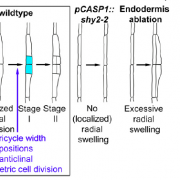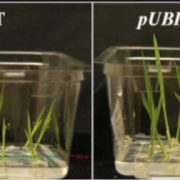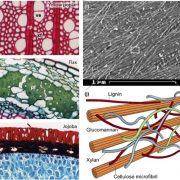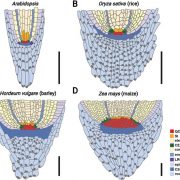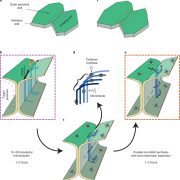Update: Callose synthesis in plant development – an evolutionary insight
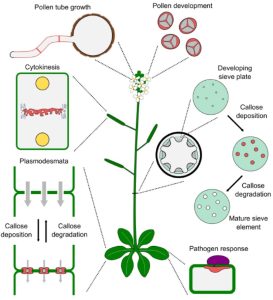 Callose is a polysaccharide with amorphous, gel-like properties that often serves as a transient matrix in plant cell walls. Callose deposition at plasmodesmata can regulate the movement of molecules between cells, transient callose deposition in phloem sieve elements occurs in response to stress, callose is deposited at the site at which some pathogens penetrate the host cell, and callose is instrumental in cell plate formation during cytokinesis. The contributions of callose and its synthesis by callose synthases (CalSs) are the focus of this Update by Ušák et a. Callose synthase is a large integral membrane protein encoded by a large gene family. There is some evidence that different family members have different functions. Furthermore, different subclades are more or less abundant across plant and algal lineages. The authors explore CasS phylogeny and expression in light of different forms of cytokinesis (centrifugal cytokinesis versus centripetal cleavage furrow), and highlight several unknowns in our understanding of CalSs in development. (Summary by Mary Williams @PlantTeaching) Plant Physiol. 10.1093/plphys/kiad274
Callose is a polysaccharide with amorphous, gel-like properties that often serves as a transient matrix in plant cell walls. Callose deposition at plasmodesmata can regulate the movement of molecules between cells, transient callose deposition in phloem sieve elements occurs in response to stress, callose is deposited at the site at which some pathogens penetrate the host cell, and callose is instrumental in cell plate formation during cytokinesis. The contributions of callose and its synthesis by callose synthases (CalSs) are the focus of this Update by Ušák et a. Callose synthase is a large integral membrane protein encoded by a large gene family. There is some evidence that different family members have different functions. Furthermore, different subclades are more or less abundant across plant and algal lineages. The authors explore CasS phylogeny and expression in light of different forms of cytokinesis (centrifugal cytokinesis versus centripetal cleavage furrow), and highlight several unknowns in our understanding of CalSs in development. (Summary by Mary Williams @PlantTeaching) Plant Physiol. 10.1093/plphys/kiad274


